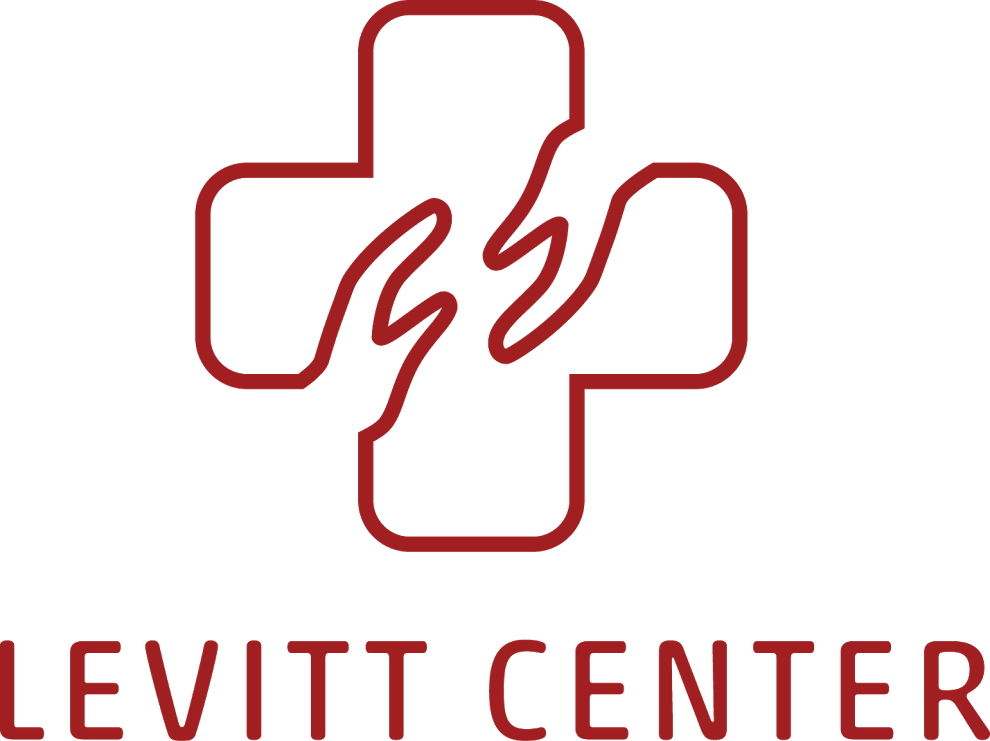PALLIATIVE CARE IN THE EMERGENCY DEPARTMENT
With support from the California Health Care Foundation (CHCF) and the Levitt Center, a working group of emergency medicine and palliative care providers have continued their project to improve palliative care for patients in the Highland emergency department (ED). The group continues to focus on a sustainable palliative care curriculum for emergency medicine residents to ensure they have the necessary tools to help our most vulnerable patients and their families. Through a collaboration with VitalTalk, several ED faculty members are now qualified to teach VitalTalk's communications courses to residents and the group plans to continue providing courses on a yearly basis. The project has had great success working with the Epic IT specialists to create a flag for seriously ill patients who would benefit the most from a goals of care conversation. The plan is to expand this patient flag throughout Alameda Health System. Also, the project has been able to conduct a qualitative study looking at interventions over the previous 18 months and how they may have affected ED resident behavior when it comes to having goals of care conversations for seriously ill patients. Overall, the working group is extremely proud of the work that the Highland ED and palliative care teams have been able to accomplish thanks to the support of the Levitt Center, CHCF and VitalTalk. The group looks forward to continuing this work that has such a substantial impact on the education of residents and the lives of their patients.
HOW CAN WE IMPROVE OUR UNDERSTANDING OF THE RELATIONSHIP OF THE EMERGENCY CARE SYSTEM AND COMMUNITY WELL-BEING?
THE ED BAROMETER: MEASURING COMMUNITY WELL-BEING FROM THE EMERGENCY DEPARTMENT
Principal Investigator: Harrison Alter, MS, MD; Jahan Fahimi, MD, MPH
The emergency department (ED) plays a crucial role on the front lines of our country’s safety net. It is a pressure valve for community stress, serving a diverse patient population with medical, psychological, and social emergencies, who often have nowhere else to turn. The recent economic downturn has highlighted the ED’s role in the safety net, with ED visits up 15% nationally at public hospitals during the 3rd quarter of 2009, as people have lost their jobs, their insurance, and their homes. Reflecting the ED’s role as a crucial portal to the medical care system, each visitor to the ED carries not only symptoms, findings and diagnosis, but also rich layers of data illustrating her daily life and community; data such as the availability of fresh fruits and vegetables, the safety of the neighborhood and the level of airborne particulate matter. These environmental factors, the social and economic determinants of health, play a crucial role in shaping our patients’ lives, and thus unsurprisingly, their health and health outcomes. These data, when combined with the specifics of the ED visit and the state of the local medical care milieu, can be fashioned into a unitary metric of community well-being, or into a “dashboard” for more granular output. With such a metric we would be able to offer communities a portrait of their global function – over time, if used longitudinally, or after specific events, such as a major policy initiative or an environmental catastrophe, if used episodically.
Currently, it is difficult for ED-based healthcare providers to translate the microcosm that each patient brings with him to the ED into systemic advocacy and policy change, because there is no established method to quantify our patients’ social concerns and needs. The ED Barometer would allow emergency providers to measure, follow, and report community well-being. Armed with this data, we could then partner with our patients, healthcare advocates, and other community-based and legislative allies to translate our patients’ problems into sustainable, concrete public policies addressing the social and economic determinants of health, including the challenges of access to care and improving the built environment. The ED Barometer would thus allow both emergency providers and health systems specialists to create a healthcare delivery system that treats the patient holistically, as an individual in the context of her life and community, in order to improve the patient’s and the community’s health and health outcomes.
BEYOND THE AMBULANCE BAY: CRITICAL READINGS IN SOCIAL EMERGENCY MEDICINE
Project Directors: Jesus Alvarez, MD, MPH; Jennifer Cyrkler, MD; Jahan Fahimi, MD, MPH; Naomi Marks, MD
Principal Investigator: Harrison Alter, MS, MD
We are actively assembling a syllabus of critical readings in social emergency medicine (SEM), constituting the baseline knowledge base that we envision current and future experts in SEM should be familiar with. This body of knowledge spans back to the 1960’s and continues to expands as interest in SEM grows. The reference list began with a search seed based on the work of a handful of investigators known to the Levitt Center, including our Scientific Advisory Panel. We then abstracted search terms from these papers to build a search strategy that will allow the publication repository to propagate. We hope to provide public access to the critical readings list soon.

